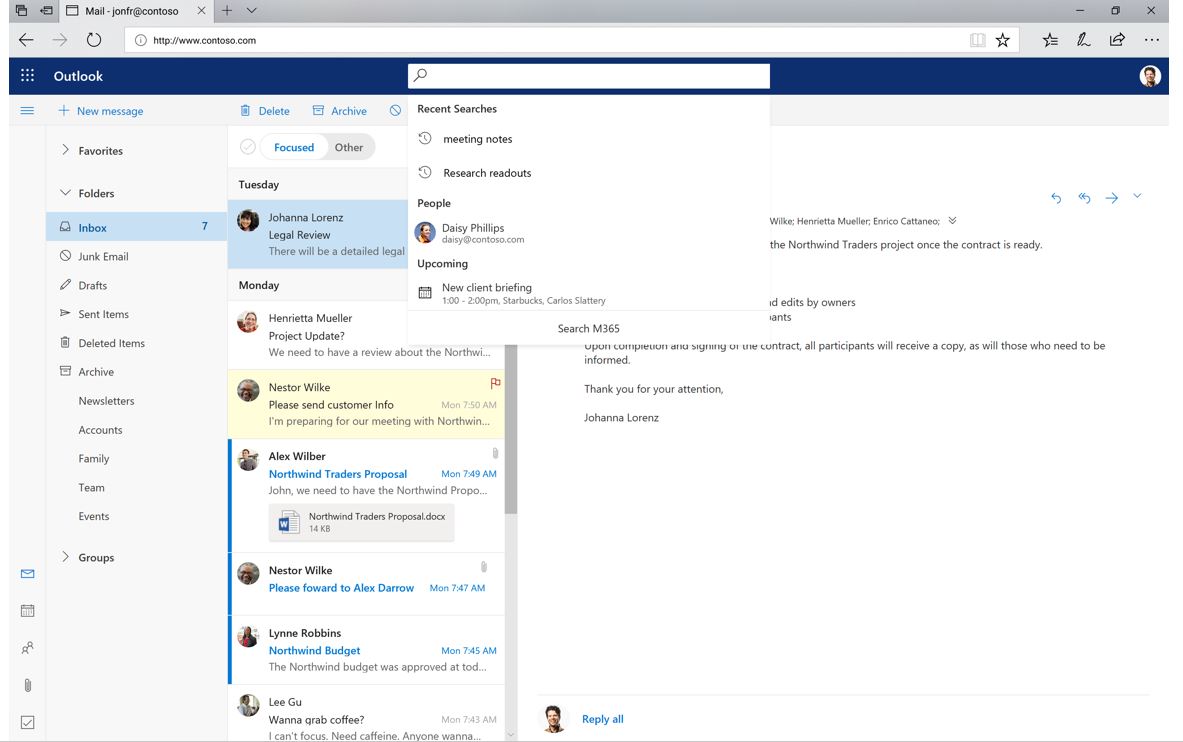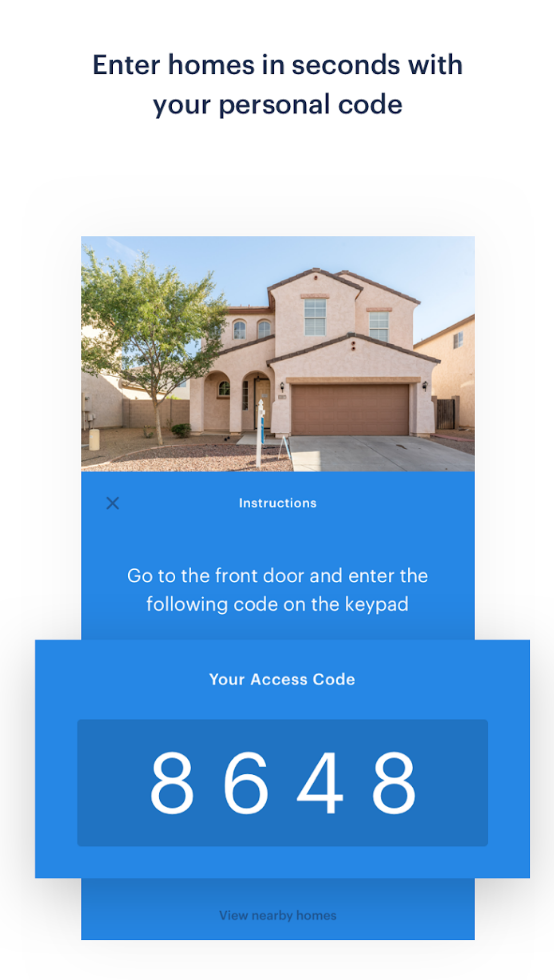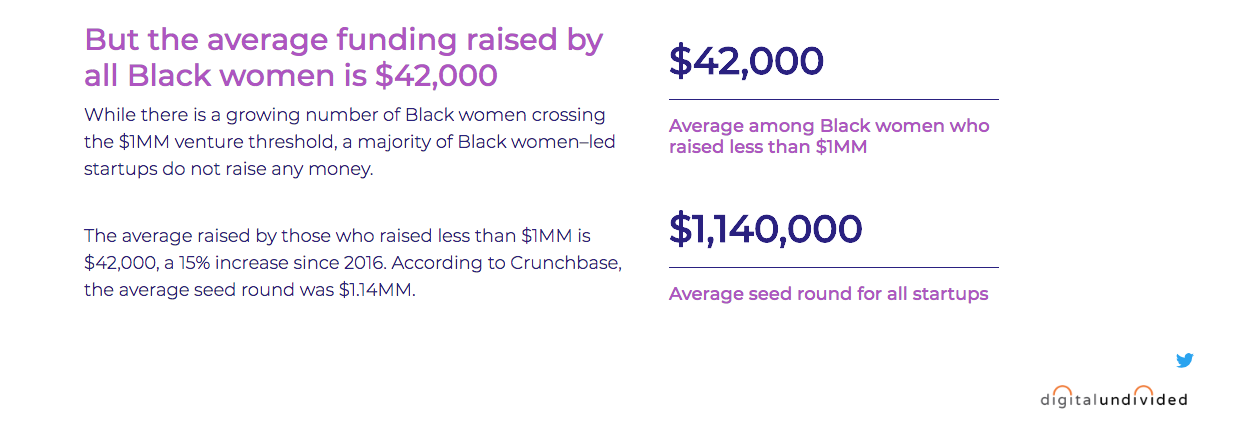After raising €1.1 billion in its initial offering and pricing its shares at €240 each last night, Adyen, the Dutch payments company went public today with a bang. It opened for trading this morning on Amsterdam’s Euronext exchange at €400 a share, an impressive jump of 67 percent.
The share price is currently €435, giving it a market cap of €12.367 billion, or $15 billion in current currency. It’s gone as high as €440 today. We’ll update this number periodically today.
This all represents a big jump on Adyen’s valuation. In a statement last night announcing its initial offer price of €240 per share, Adyen said this implied a market capitalization of €7.1 billion, based on the current number of Shares outstanding.
The writing may have been on the wall for its strong performance this morning even then. Adyen said yesterday that the offering was “multiple times oversubscribed… with strong demand from institutional investors globally.” Adyen is selling between 12 percent and 13.4 percent of its issued and outstanding shares, the latter figure representing if the over-allotment option is exercised in full.
Adyen’s strong performance underscores both the strength for tech IPOs at the moment, as well as the strength of Adyen’s payment story specifically.
For the year ended December 31, 2017, Adyan generated net revenue of €218 million, a rise of 38 percent over the year before. Perhaps more importantly (when you compare it to other payment startups that have recently gone public, such as Square) it is profitable.
Adyen last year had an EBITDA of €99 million, giving it an EBITDA margin of 45.5 percent. Signs are pointing to more growth, too. The company counts fast-growing tech companies like Uber and Netflix among its customers, and earlier this year it picked up a key client in the form of eBay, which is swapping in Adyen instead of spun-out business PayPal as its primary payment provider.
Processed volumes on its platform were €108 billion in the period, compared to just €66 billion in 2016, up 63 percent.
In addition to established, large players like PayPal, and of course incumbent banks, Adyen competes with outsized startups that are still private, such as Stripe, to power payments and provide other infrastructure to conduct digital transactions.
Disruptive startups in the field — who win business with faster and more functional technology, as well as lower fees compared to banks — have been buoyed by a strong rise in e-commerce activity, where some or all of a transaction by a customer is made either online or by mobile.
Adyen has been one of the companies riding the wave by helping to reduce the friction between a company choosing to take payments online, and actually being able to do it. That typically can take multiple steps and agreements across numerous countries — Adyen’s pitch is that it essentially handles all of it in the backend as a service for its users.
Adyen is not getting any share of the proceeds of this IPO, but it will be using its new position as a public company now to super-charge its growth by using it to leverage working with more and bigger customers.
“I’m very proud to be building this company with such a great team,” Pieter van der Does, Adyen’s co-founder, CO and president, said in a statement. “This listing will only help us to continue to do what we are doing now: helping our merchants grow and reshaping the payments industry.” (Van der Does co-founded Adyen with Arnout Schuijff, who is the company’s CTO; the two previously founded and sold a startup, Bibit, to Royal Bank of Scotland, where it became the basis of Worldpay.)
As we’ve pointed out before, there is still a long way to go before e-commerce is ubiquitous. Figures from the U.S. Census for the first quarter of 2018 show that e-commerce sales accounted for less than 10 percent of all sales in the U.S., and the U.S. is one of the more mature markets for digital transactions, meaning the opportunity for growth globally is strong.
Adyen’s own growth in that more general trend has been very strong. The company last confirmed its valuation publicly back in 2015, when it raised funding from Iconiq, the investment firm that manages funds from Mark Zuckerberg’s family and other high-net-worth tech leaders. Then, it was at a $2.3 billion valuation.
Adyen as a startup raised $266 million in outside funding, with other investors including Index Ventures (its largest shareholder with a 16.86 percent holding of the company going into this IPO), Felicis, Temasek and General Atlantic.







